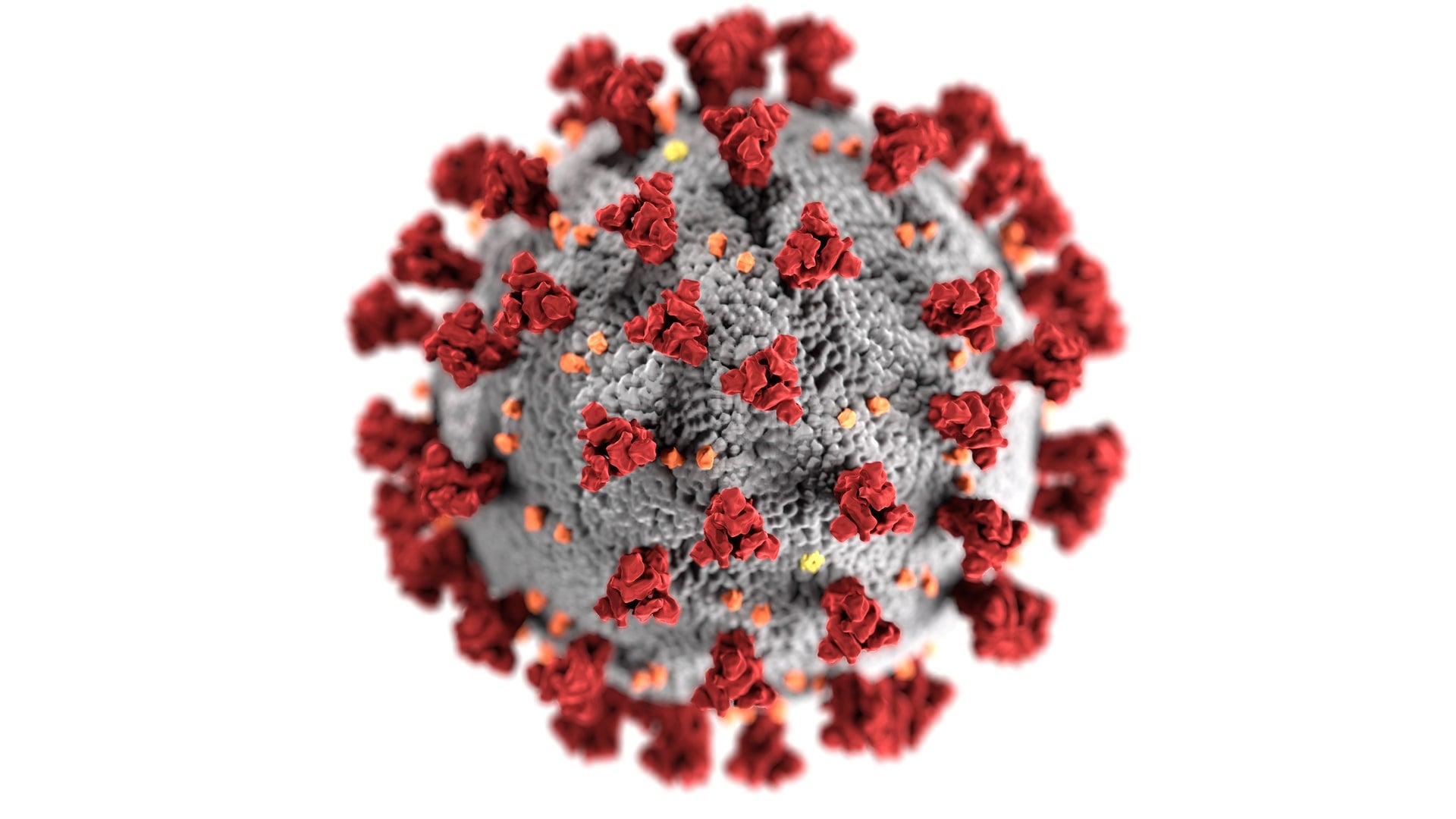
Scientists at the Garvan Institute of Medical Research and the Kirby Institute at UNSW Sydney in Australia have developed a SARS-CoV-2 genome sequencing strategy that can trace the source of Covid-19 cases within four hours.
The Nanopore genome sequencing technology would help to rapidly contain any future outbreaks.
By fine-tuning the protocols for Oxford Nanopore Technologies, Garvan researchers sequenced SARS-CoV-2 in four hours.
Analytical validation and best practice strategies for Nanopore sequencing of SARS-CoV-2 have been published in Nature Communications.
Garvan Kinghorn Centre for Clinical Genomics, Genomic Technologies Group head Dr Ira Deveson said: “When a new ‘mystery’ coronavirus case is identified, every minute counts.
“At Garvan, we have repurposed our genomic sequencing capabilities to enable a rapid analysis of a coronavirus genome in just a few hours.”
How well do you really know your competitors?
Access the most comprehensive Company Profiles on the market, powered by GlobalData. Save hours of research. Gain competitive edge.

Thank you!
Your download email will arrive shortly
Not ready to buy yet? Download a free sample
We are confident about the unique quality of our Company Profiles. However, we want you to make the most beneficial decision for your business, so we offer a free sample that you can download by submitting the below form
By GlobalDataThe SARS-CoV-2 genome is approximately 30,000 letters long and can change a couple of its letters every time it passes to a new host.
According to the analysis by scientists, the Nanopore sequencing method was highly accurate and variants that were detected had more than 99% sensitivity and precision in 157 Covid-19 patient specimens.
In addition, the sequencing can improve SARS-CoV-2 surveillance by enabling point-of-care sequencing and higher turnaround times for critical cases.
Compared to current standard pathogen genomics tools, Nanopore devices do not need lab infrastructure and are cheaper, faster, and portable.
UNSW Kirby Institute professor Rowena Bull said: “Every time the SARS-CoV-2 virus passes from person to person, it may make copying errors that change a couple of its 30,000 genetic letters.
“By identifying this genetic variation, we can establish how different cases of coronavirus are linked – to know where a case was potentially picked up from and who they may have given it to.”







